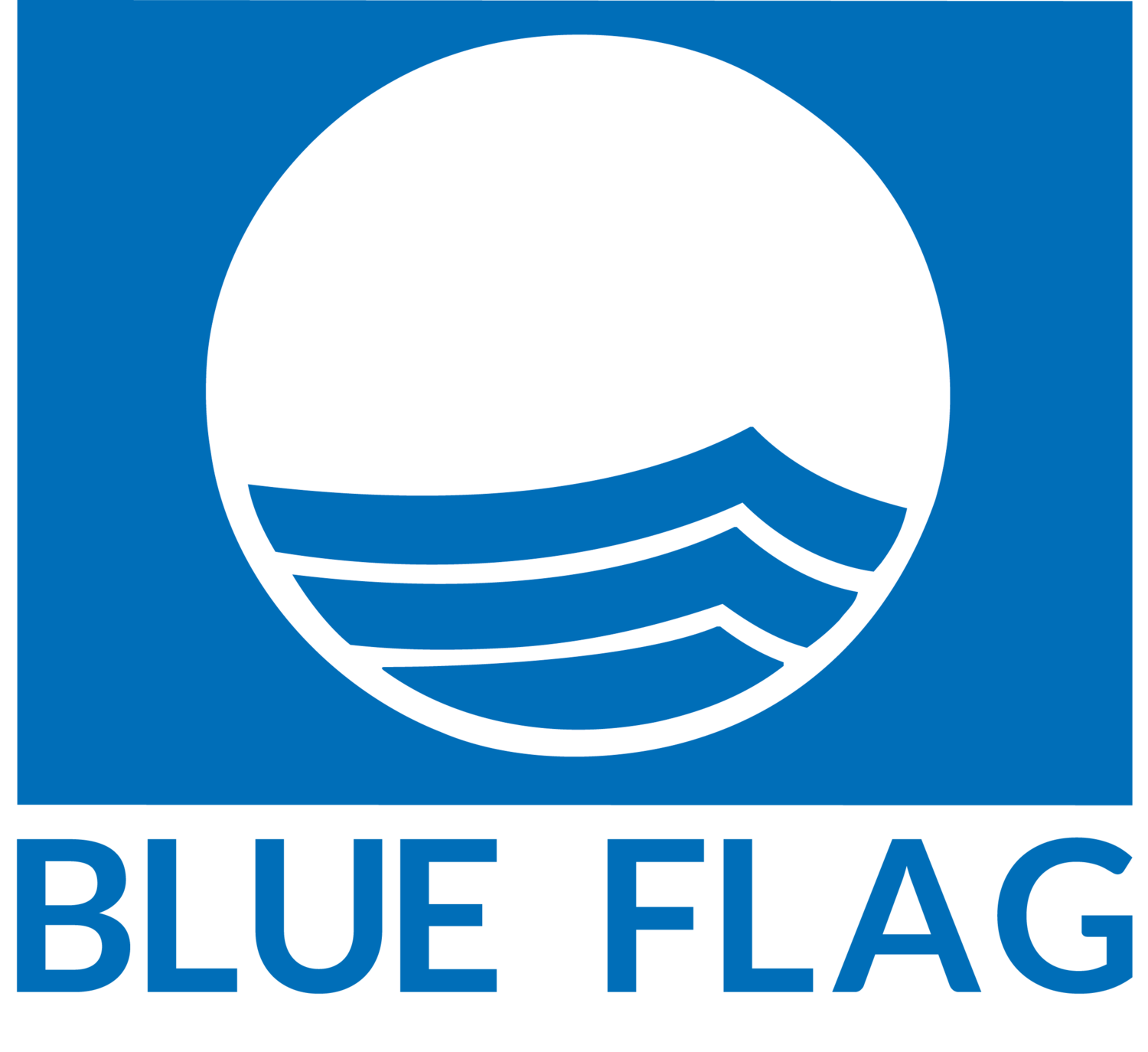Country: Denmark
Site: Køge Bugt Strandpark
Target: Tourists and visitors, Practitioners, Students and schools, Teachers and Educators, Local communities and residents, Families and Kids
Short Description
Køge Bugt Strandpark, part of the Interreg Beach-SOS project, strengthens coastal resilience with 200,000 m³ of sand nourishment and reinforced dikes to combat erosion and rising sea levels. Sustainable facilities enhance tourism while minimizing environmental impact.
Havhytten, a marine biology center, is expanding with new classrooms and recreational spaces to integrate learning and conservation. It hosts community engagement activities, including workshops and educational programmes promoting climate adaptation.
Following the 2023 storm surge, the project underscores the urgency of proactive coastal protection. Strandparken stands as a model for sustainable, climate-smart coastal adaptation worldwide.
Goals
Reinforce dikes and add sand to prevent erosion
Develop sustainable facilities with minimal impact
Provide workshops on climate adaptation
Enhance pathways and recreational spaces
Upgrade Havhytten for marine biology learning
Reproducibility
Invest early in long-term solutions to mitigate storm surge damage.
Plan ahead, as comprehensive coastal initiatives require time and resources.
Maintain and modernize learning centers to support long-term climate education.
























